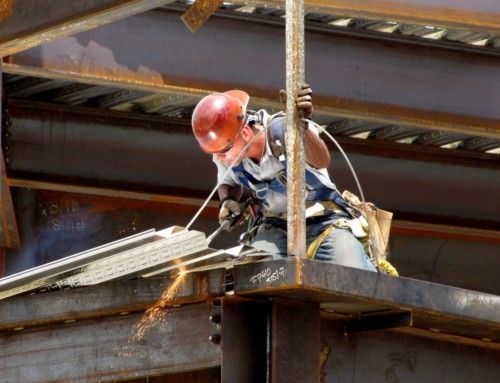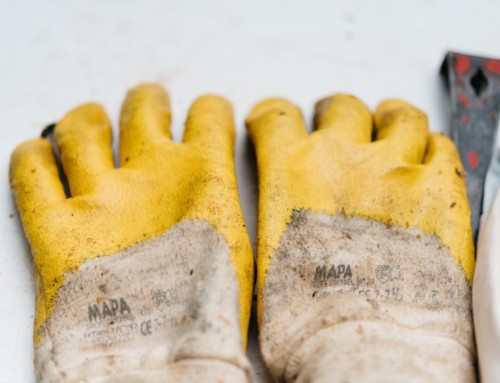Safe working conditions can mean a lot of different things. From making sure employees have proper training to having the proper tools and equipment. Safe working conditions come all the way down to the protective gloves your employees are sporting. Cut resistant gloves are crucial for those in the chemical, industrial, and construction industries. But cut resistant gloves are not always enough. You need gloves that rate high in tensile strength.
In order to better understand what tensile strength is, let’s back up and understand how gloves get their cut resistance rating.
Standard Testing for Cut Resistance Gloves
Internationally, all manufacturers of protective safety gloves are held to ASTM (American Society for Testing and Materials) Standards. This tests each glove for cut resistance and ranks the glove on a scale of 0-5 (5 being the highest and most cut resistant). The standard test method for measuring cut resistance gloves tests each glove against a smooth, straight edge blade.
This testing method might make for perfect lab conditions, but how often are your workers going to encounter a smooth, perfectly straight rotating blade, with even pressure? These tests do not account for a rough, bumpy or dulled blade. And ASTM allows for a cut level variance of 60% between tests.
When it comes to sheet metal, these edges have very small burrs along the edge that tear the glove, not cut the glove. Which means no matter how high the glove ranks on the ASTM tests, it will tear immediately.
Banom, a leader in cut resistant gloves and GPI partner, ran a simple usability test with two #4 ranked gloves by the ASTM standard and ran it again their own Terminator Glove. Each glove was rubbed against sheet metal and sheet glass. Both ASTM rated gloves tore immediately. Leaving the potential employee’s hand exposed and cut. Whereas the Terminator glove withstood the sheet metal and glass without any wear shown on the glove.

Tensile Strength
Banom focuses on the tensile strength of the glove, not the ASTM ranking. Tensile strength gloves resist being pulled apart and tearing due to the continuous filaments within the glove. Banom gloves are made with High Tenacity Filament yarns, which are yarns comprised of multiple continuous filaments, each with high tensile strength.
To make a long story short, ASTM ranked gloves are going to tear apart immediately when faced with anything other than a smooth sharp blade. ASTM rated gloves do not even protect against cuts made from a box cutter.
The test does not take into consideration the pressure point made with the tip of the box cutter blade and assumes only an even amount of pressure will be applied. That sounds great in the lab, but not at all like many plant working conditions.
Cut Resistant and High Tensile Strength Gloves At Work
GPI was recently contacted by an international production plant that was facing over $250,000 in hand and arm injury costs per year due to tears and cuts in the protective gloves in use. GPI came in to assess the situation and made the recommendation to switch to Banom Terminator Gloves for only $8,000. After this investment, the company reduced their medical costs by $200,000 per year.
Banom Terminator Gloves are tested not just for cut resistance but tear resistance and measured with tensile strength. Learn more about how cut resistance and high tensile strength gloves can benefit your company by contacting GPI today.







